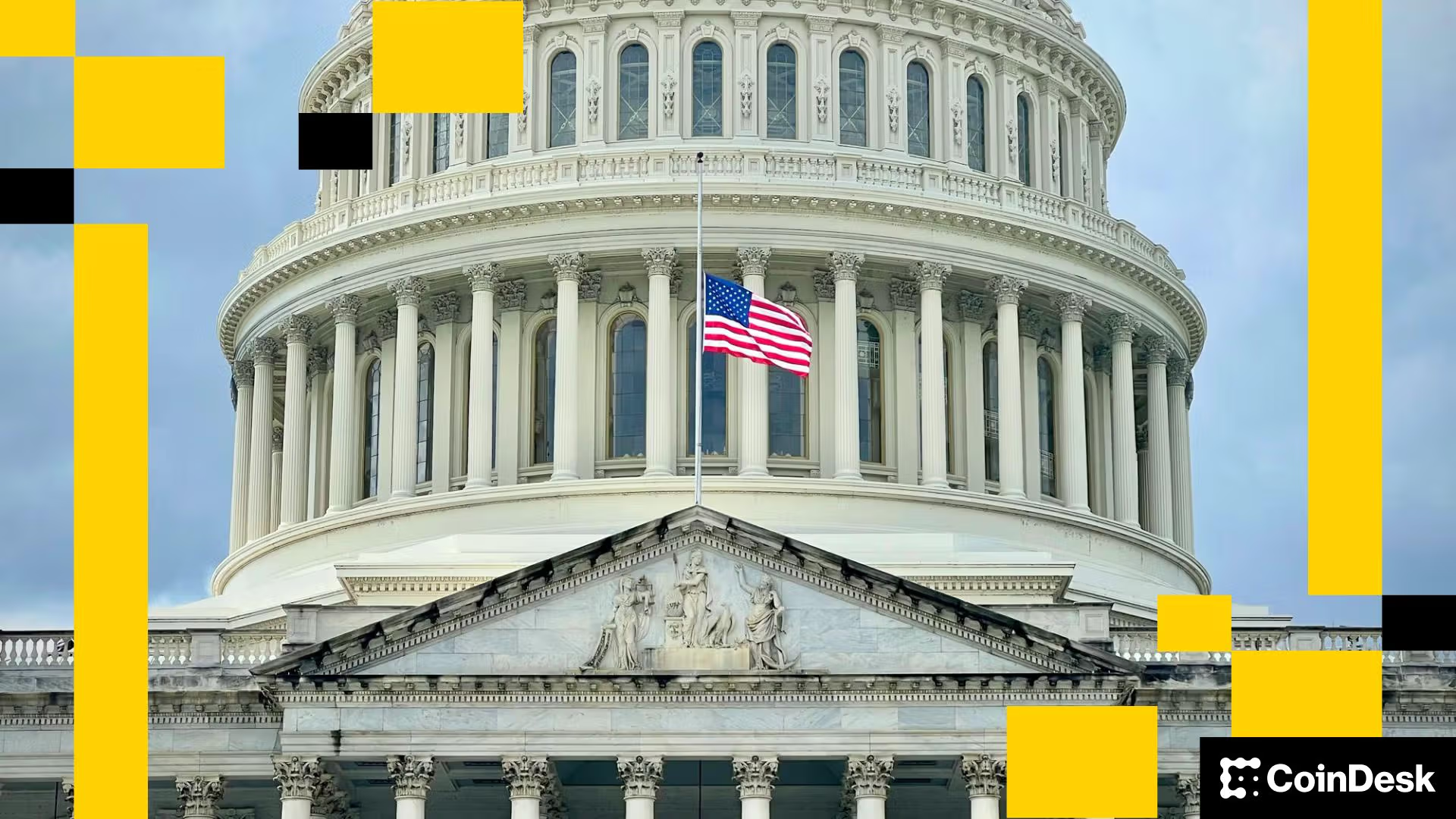From lisnewsletter by lijing
In March 2024, Christie’s announced SOURCE [On NFTs], the auction house’s first onchain generative art collection. The sale comes exactly three years after the digital artist Beeple sold a work of digital art through the same auction house for $69 million.
It’s a development that would have likely caught the attention of the 20th-century philosopher and cultural critic Walter Benjamin. Benjamin was deeply interested in the interplay between technology and culture, and how each shapes the other. In Benjamin’s era, the technologies in question were photography and film. Today, they’re the internet and AI.
Benjamin’s work—epitomized in his 1935 essay “The Work of Art in the Age of Mechanical Reproduction”—raises important questions about the intersection of art, technology, and culture. Where does the value of art lie in a time when it can be reproduced at scale? What is the relationship between an original work of art and its copy? How does mass-reproduced art intersect with and impact culture—specifically, politics?
21st-century technologies both extend and complicate Benjamin’s arguments. The very act of creation can now be digital—eroding the entire concept of “the original.” And with the advent of generative AI technologies, the line between original and copy, author and reproducer, and between reality and fiction, has grown even more amorphous.
The blockchain brings new dimensions to the discussion on art's value, authenticity, and relevance—and a new resonance to Walter Benjamin’s work. Through ownership tracked via a blockchain, crypto returns the idea of provenance and originality to digital art, restoring Benjamin’s concept of the “aura.” At the same time, crypto renews what Benjamin calls the “cult value” of art, particularly through rituals and traditions that arise from community ownership. And in an era of increasing cultural and political atomization, tokens present new pathways for fostering community cohesion and collective action in ways that both echo and challenge Benjamin’s ideas about the relationship between art and politics. The result is a redefinition of the relationship between art, technology, and culture in the 21st century.
I: Aura
An enduring question is: what is it about a work of art that makes it special? Why do enthusiasts flock to the Louvre to see the Mona Lisa, or spend millions of dollars on an original artwork when they could see or own physically identical reproductions?
The answer seems to have its roots in the presence of the artwork—its specific existence, the thing that makes it unique from any other work. Benjamin has a word for this quality: the “aura,” which he defines as an artwork’s “unique presence in time and space, its unique existence at the place where it happens to be.” For Benjamin, the aura is intimately tied to the authority and authenticity of the work; in the age of mechanical reproduction, he argues, both the authority and authenticity of art are under threat.
Benjamin argues that mechanical reproduction erodes the idea of the aura. The concept of the aura is only further complicated by digital (re)production. Art critic Douglas Davis observes in his 1995 response to Benjamin, digital reproduction makes it so that “the fictions of ‘master’ and ‘copy’ are now so entwined with each other that it is impossible to say where one begins and the other ends.”
Crypto has a unique ability to restore the concept of the aura to art, because it makes it possible again to talk about an “original.” By tracking an artwork on a distributed ledger, crypto traces the provenance and ownership of a digital asset. This ensures that each digital artwork is uniquely owned and authenticated, able to be traced back to its creator’s cryptographic signature, thereby reimbuing digital work with an aura.
II: Value
Many think about the value of art in economic terms. But Benjamin is equally, if not more, concerned with the cultural value of art, which he separates into two distinct axes: cult value and exhibition value.
The concept of exhibition value is relatively straightforward. It’s the value of an artwork for its ability to be displayed and viewed in public spaces, museums, galleries, and exhibitions.
Cult value—which Benjamin refers to as the “original use value” of art—refers to something more specific and, arguably, more interesting.
For much of human history, art was intimately connected with religion and ritual. There was something mystical and mysterious about engaging with artworks in sacred spaces. “The work of art in prehistoric times [...] was, first and foremost, an instrument of magic,” he writes. Even in a more secular sense, art has served as a conduit for expressing and embodying deeply held communal beliefs, values, and narratives, whether religious, ideological, or philosophical.
Benjamin suggests that, like the aura, the "cult value" of art has waned over time, giving way to the modern capitalist concept of "exhibition value"—that art exists in and of itself, encapsulated by the phrase “art for art’s sake.” The digital age has accelerated that process. Artworks are often evaluated and appreciated solely for their ability to be seen: the more likes or views something has, the more valuable it is. At the same time, the consumption of art has become increasingly individualistic, with consumers engaging with art in isolation, rather than through communal experiences.
Here again, crypto provides a counterbalance. Crypto has the potential to revive the idea of cult value, albeit with a distinctly online twist. Just as traditional art was once intimately connected with communal rituals and beliefs, crypto projects create a sense of belonging and shared identity among their holders. NFT projects like Bored Ape and Botto (a collectively governed AI artist) and even memecoins—which could be regarded as a form of crypto art—have their own rituals, languages, and distinct shared spaces online. That set of rituals may carry an economic valence, which is one dimension of the common interests among their communities. Crypto art is deeply participatory in nature, allowing individuals to directly engage with, contribute to, and shape the cultural significance of these projects, reinforcing their cult value.
III: Politics
It’s tempting to read Benjamin in a purely pessimistic light, as bemoaning the loss of the aura and the ritual value of art in the face of mechanical reproduction. But beneath this apparent lamentation lies a more nuanced exploration of the transformative political potential inherent in the democratization of art.
Benjamin sees mechanical reproduction as a profoundly democratizing force. He refers to a “tremendous shattering of tradition” and a “contemporary crisis and renewal of mankind” that is “intimately connected with contemporary mass movements.” In a world where the aura of art has deteriorated and exhibition value has replaced cult value, Benjamin argues that the meaning of art becomes grounded in something else: specifically, politics. He uses the example of a photographer in Paris, photographing the streets “like the scene of a crime, stating that photographs “become standard evidence for historical occurrences, and acquire a hidden political significance.” Iconic images can be politically significant, galvanizing action.
Benjamin, a staunch socialist, points out that photography, “the first truly revolutionary means of reproduction,” arose “simultaneously with the rise of socialism,” drawing a direct line between photography’s ability to democratize art and socialism’s promise to democratize politics. For example, photography in the Great Depression drew attention to the plight of workers in ways that built momentum for projects that supported workers. The politicization of art can also be profoundly dangerous—as a Jewish man living in Fascist Germany, Benjamin was deeply concerned with the ways art could be co-opted by totalitarian movements to hijack and manipulate attention and perception for their own agendas (see: Leni Riefenstahl’s Triumph of the Will).
The age of digital reproduction has given us some extreme examples of art’s political implications. For example, there is the proliferation of memes surrounding the campaign and presidency of Donald Trump (some issued by him directly). Meanwhile, the advent of artificial intelligence and the rise of disinformation and deep fakes undermine our shared sense of reality.
With regards to how crypto intersects with art in the political arena, there are several vectors that intersection can take. Crypto can be profoundly liberatory in an economic sense, as it allows for more accessible ownership from a larger set of participants, and enables financial gains from that ownership. As I recently wrote about the attention economy in crypto, “The difference [between crypto] vs. web2 is that everyone in the value chain can benefit from being owners of "attention assets" -- whether they originated the meme/media or merely paid attention early.”
The censorship-resistant nature of blockchains also protects artistic expression from suppression. During the COVID lockdowns in China, netizens uploaded videos and messages onchain that had been taken down from social media platforms by censors, using NFTs as a tool of political resistance. And as I’ve mentioned, crypto is intensely participatory, incentivizing the creation of communities around shared values and enabling novel forms of capital formation that could be leveraged toward political aims. For example, in January 2023, Pussy Riot’s Nadya Tolokonnikova and artist Shepard Fairy encouraged supporters to express their “proof of protest” through an open-edition NFT collection called Putin’s Ashes, where the proceeds were donated to Ukrainian soldiers.
Ultimately, crypto art—and crypto in general—present a tool for community coordination and capital formation, which has political implications. Just like the web2 internet leveled information access and creation, mobilizing millions of people, crypto – including crypto art – presents a tool for economic coordination and community formation. Unlike in Benjamin’s era, where audiences were largely passive consumers, they now have the opportunity to own and engage actively with these assets.
Conclusion
The story of the intersection of art and culture is a story of evolution and adaptation. It encompasses the diverse ways in which artistic expression reflects, shapes, and responds to cultural values, societal norms, and technological advancements. As for how crypto will impact that story, that’s a chapter that’s still being written.
Benjamin observes that the “superstructure”—the realm of art, culture, politics, and society—takes time to catch up to changes in the means of production (technology). Whereas painting is an artistic tradition that stretches back over millennia, digital means of artistic production measure their age in decades, and crypto is younger still. It will take time for the cultural and political implications of crypto to fully manifest.
For Benjamin, art represented a site of resistance and transformation, capable of challenging dominant power structures and sparking social change. The integration of blockchain into the art world presents new opportunities for artists, collectors, and communities to engage in new ways. As these technologies continue to evolve, they have the potential to revolutionize not only the art market but also the broader cultural and political landscape in ways that, for now, we can only imagine.










All Comments